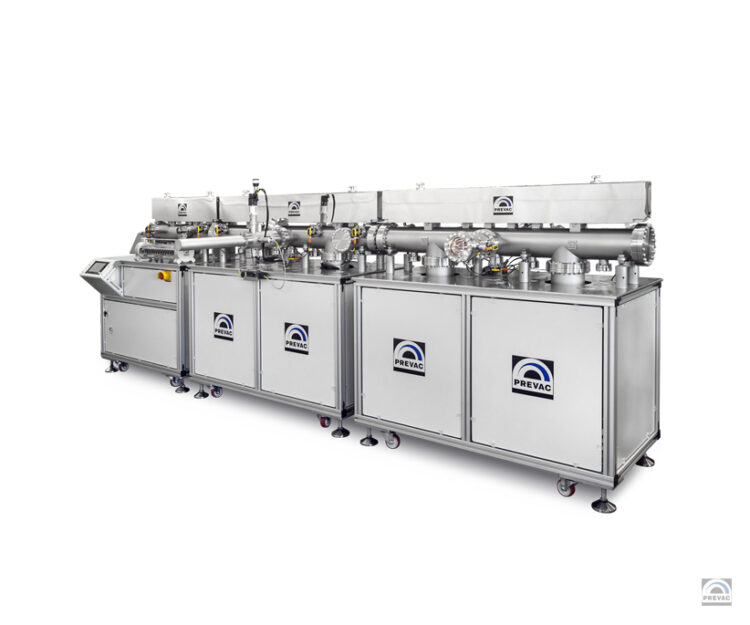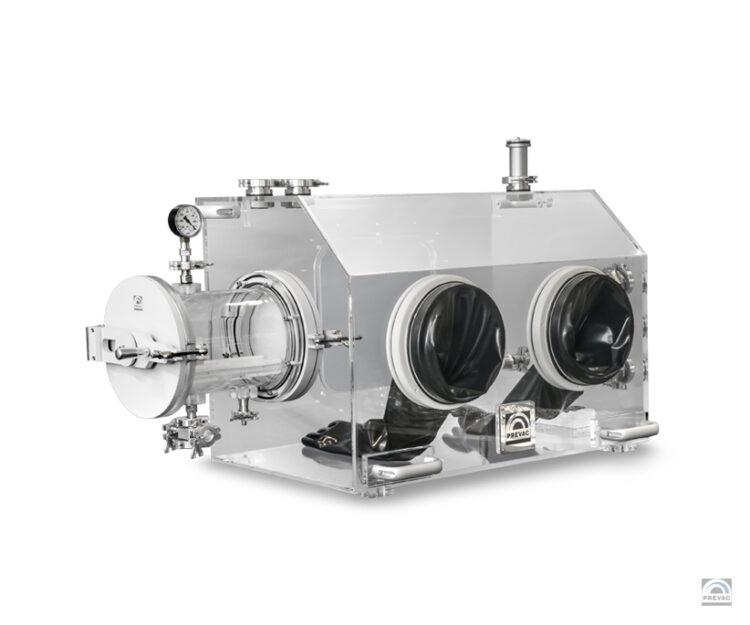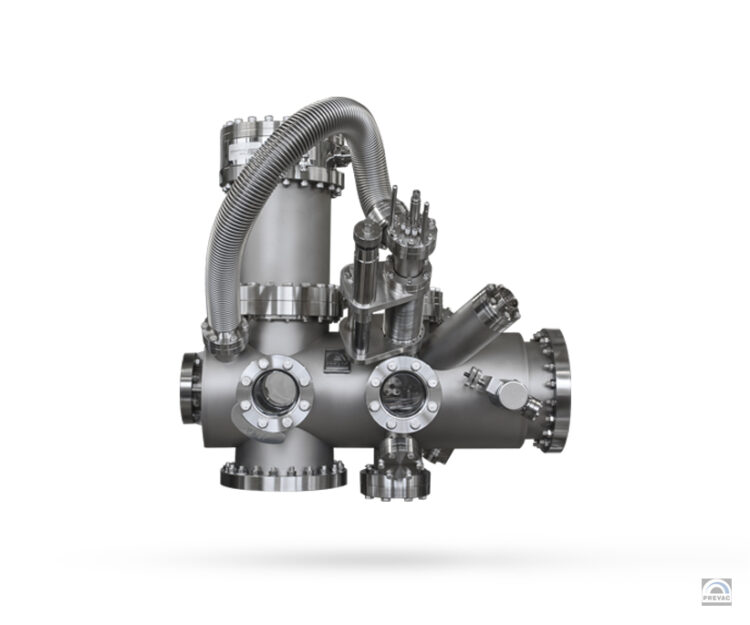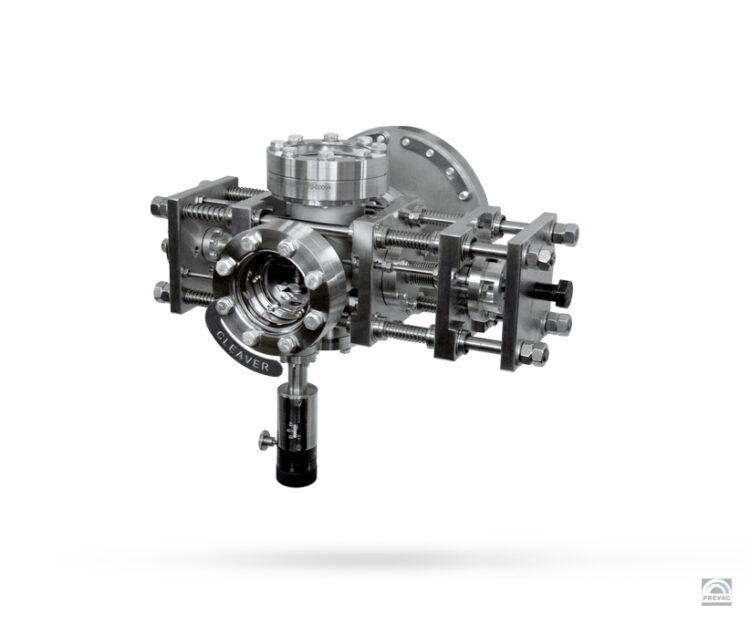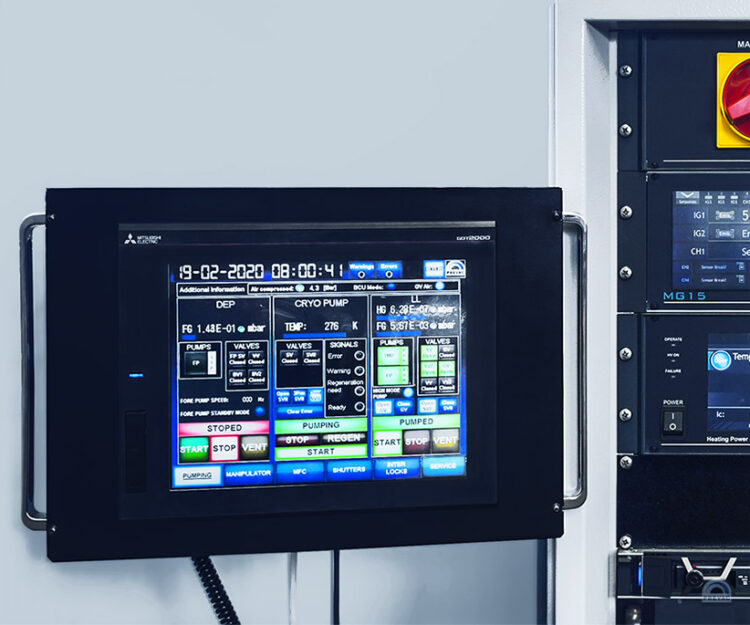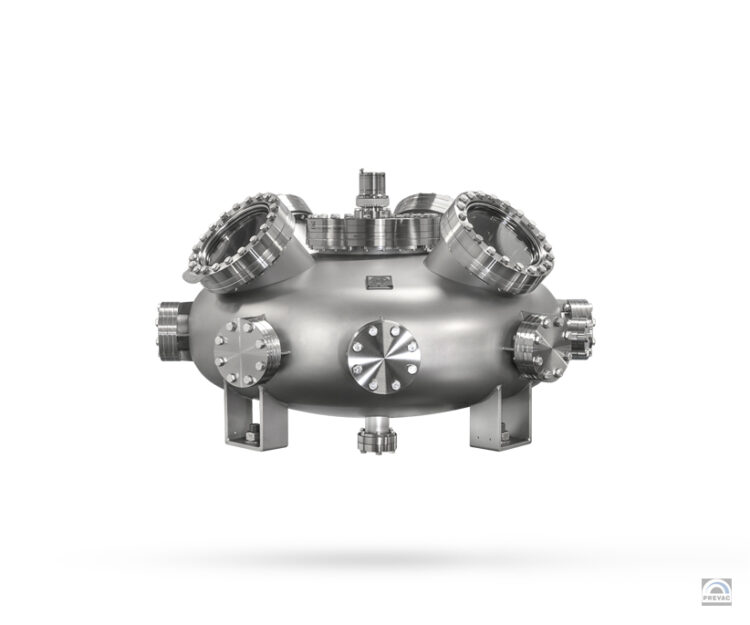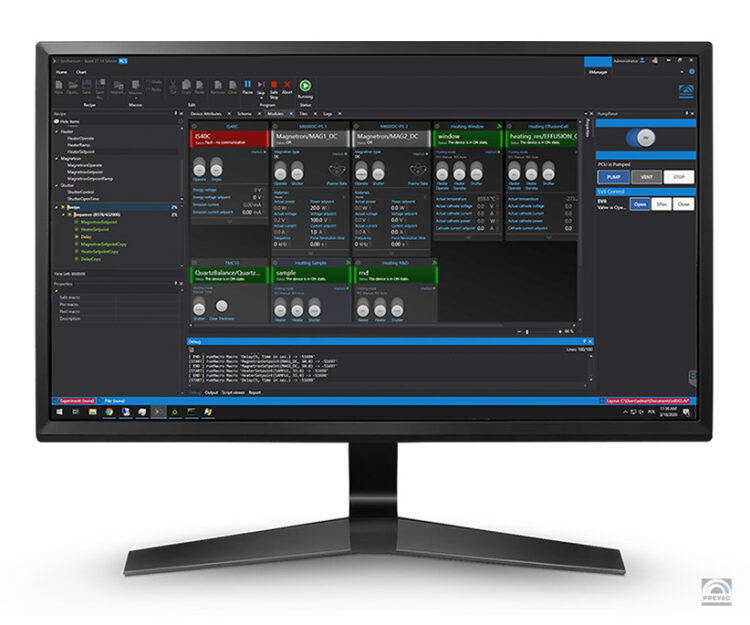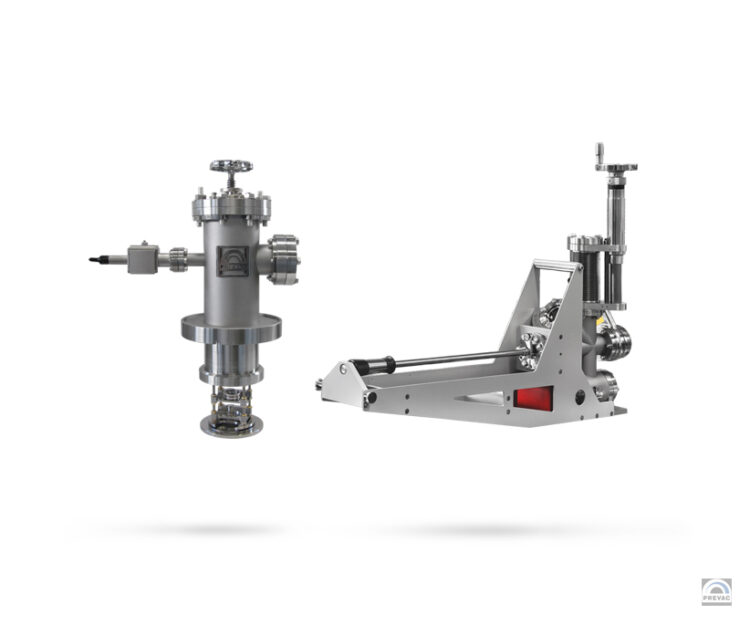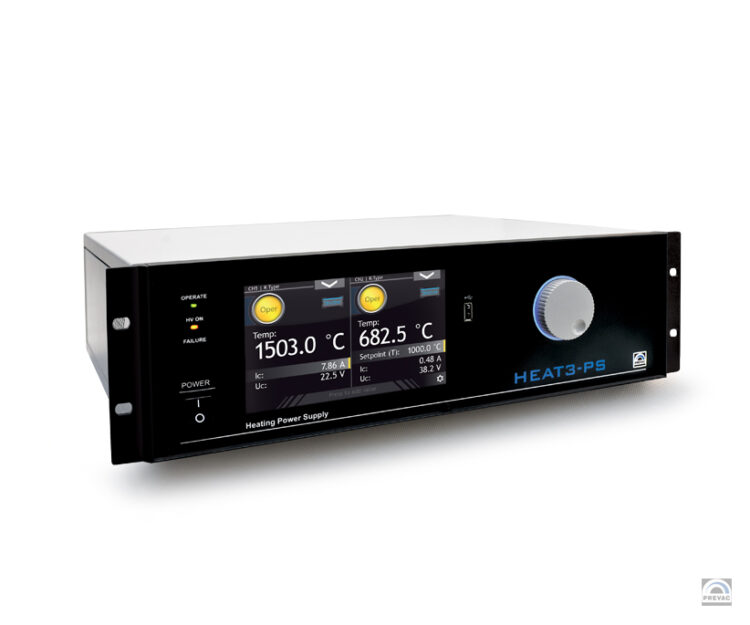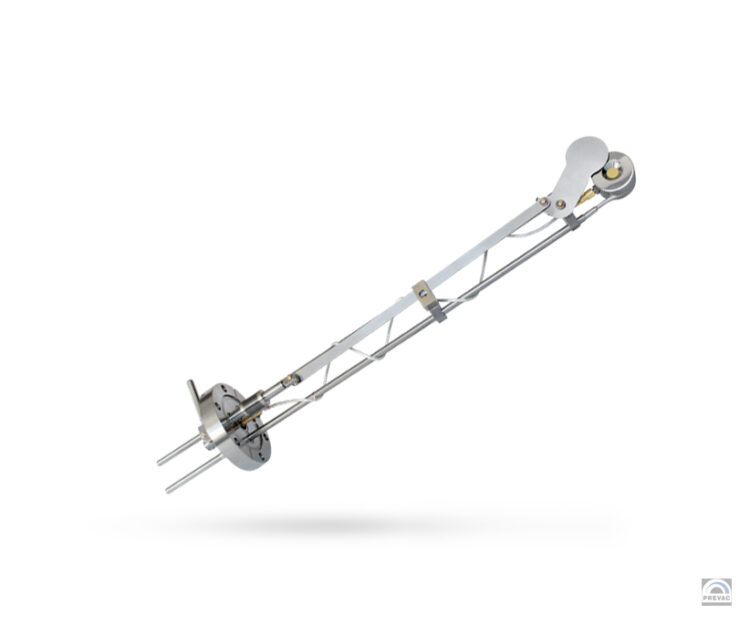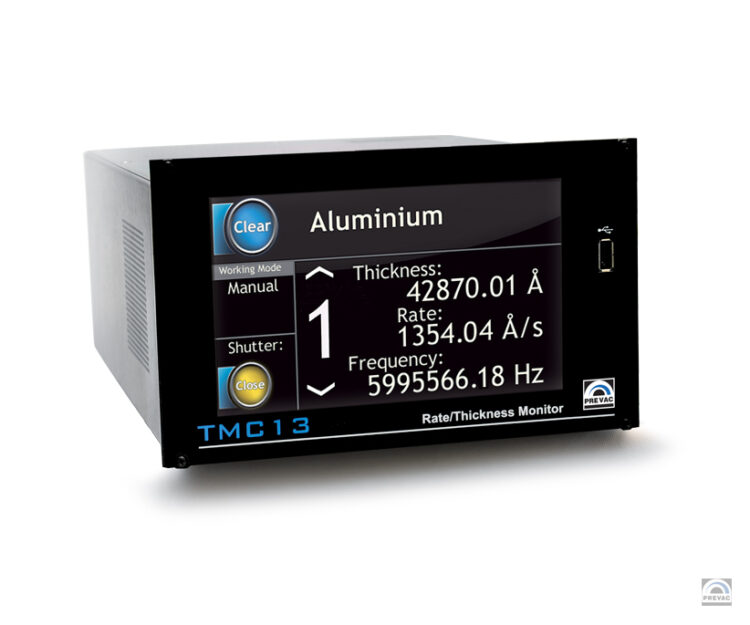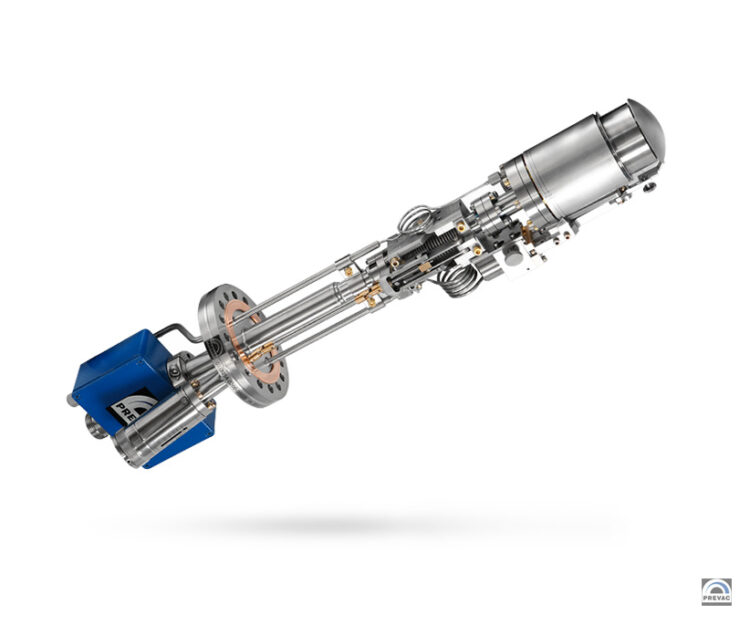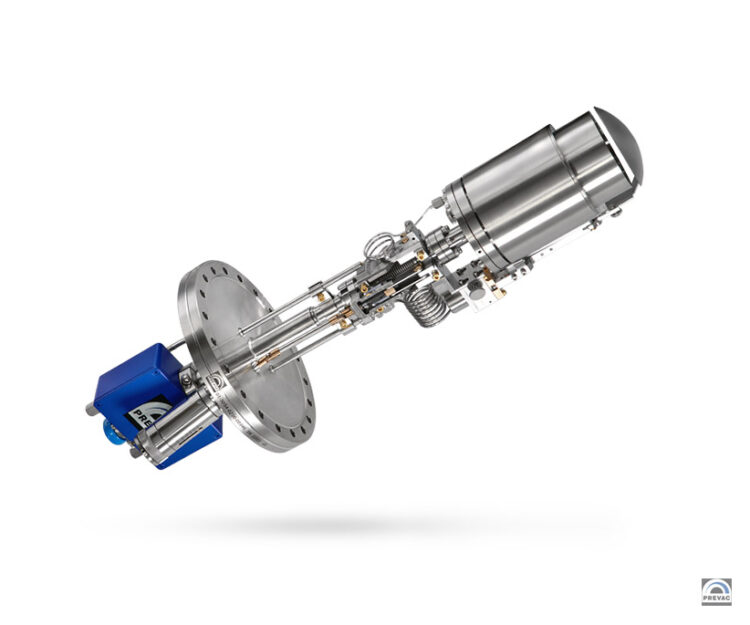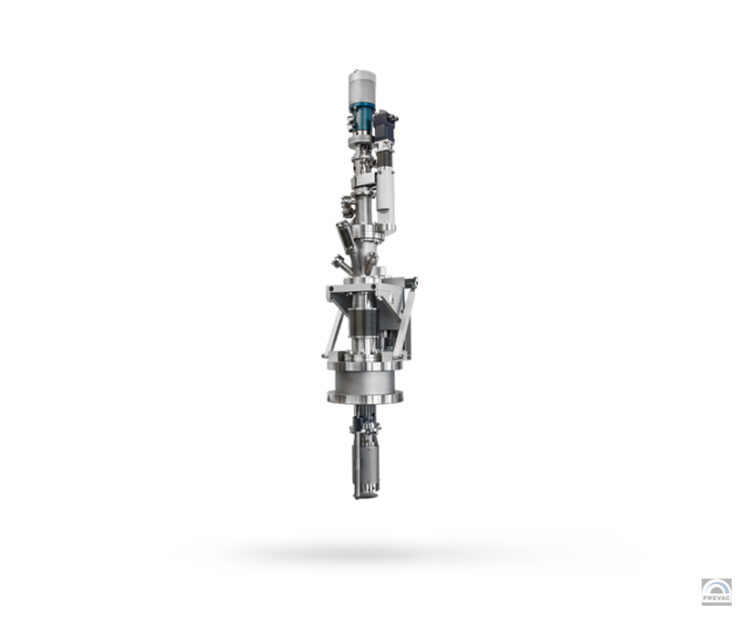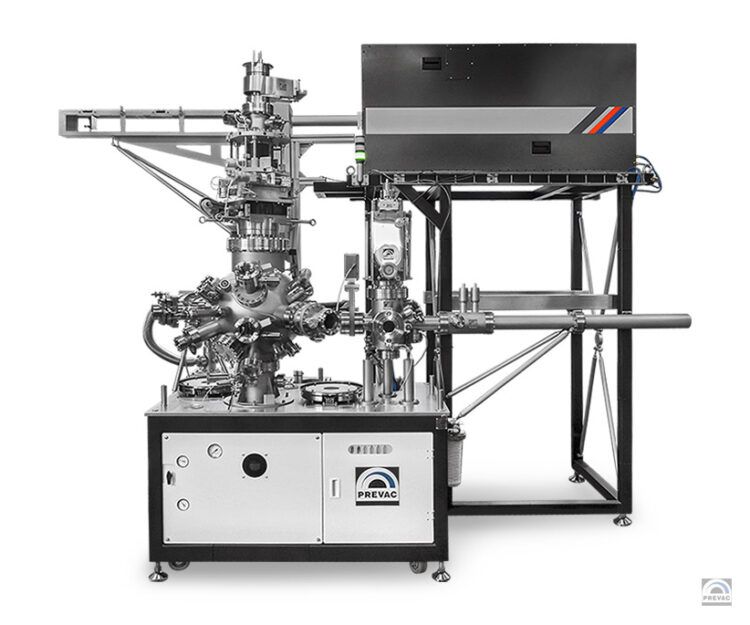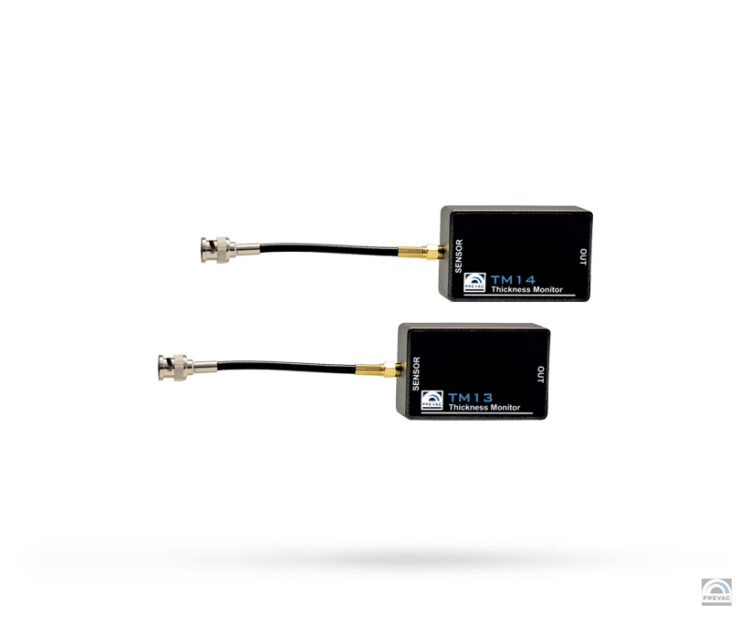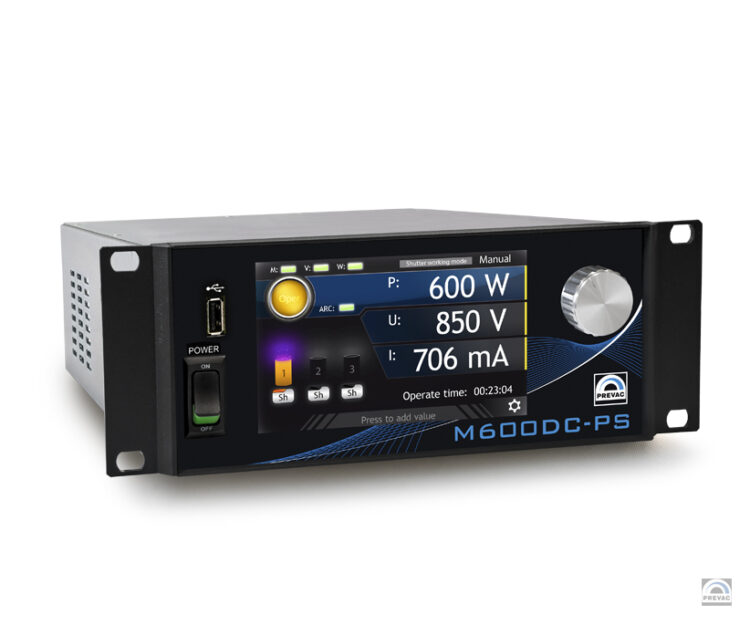Description
Systems are designed for maximum compatibility with any other analytical or deposition surface science techniques, auxiliary lab equipment, and any accessories. Integration with other vacuum chambers, modules, and units is possible using radial distribution or tunnel transferring systems.
A modular, user-friendly approach to the system design means that the entire system can be reconfigured by simply changing the universal mounting flange, a process that has been made both fast and simple.
Access to the process chamber can be done through the front door, automatically lifted-up top flange, or through the bottom flange, exchangeable using a specially designed trolley. Therefore, changing the magnetron targets, the substrate holder manipulator, or accessing/replacing the whole bottom flange can be done easily and quickly. The lifting mechanism of the top flange is motorised and fully protected with sensors.
There is the possibility to use the manipulator with a receiving station for two or more substrate holders, designed to use both confocal and/or planar magnetron geometries in one chamber during the process. Magnetron confocal geometry is advantageous because of the good homogeneity of layers, the possibility of co-sputtering, and the possibility of rotating the R1 axis of the manipulator with the substrate. Benefits from planar geometry are a high evaporation rate, short work distance, low material losses, and no shadow effect for the lift-off processes.
The final design and functionality depend on the system configuration.
The systems are configured with appropriate sealing and pumping systems to achieve the base vacuum in the range of 10-7 mbar (with viton sealed door), 5×10-8 mbar (with viton sealed and differentially pumped door), or UHV pressures (without a door, with fast entry load lock for substrate introducing).
The process chamber is equipped with connecting flanges in UHV standard in different sizes for connecting current and future equipment, including:
- magnetron sources,
- substrate manipulator,
- ion source for cleaning, etching or activating the surface of the substrate,
- pumping system,
- entry port for the linear transferring system, radial distribution chamber, or transferring tunnel,
- gas dosing system: process gas up to 4 lines, and mass flow control for up to 4 gases,
- residual gas analyser,
- quartz balances,
- pyrometers,
- ellipsometer with the detector,
- viewports (observation windows with shutters),
- vacuum gauges.
A pumping system is a combination of different types of pumps, e.g. forevacuum pumps, ion pumps, cryo-pumps, turbo pumps, or titanium sublimation pumps, individually selected to achieve the best pumping performance according to specific application demands.
Synthesium process control software allows integration and perfect cooperation of sources of various types and manufacturers and enables easy recipe writing, automated growth control and extensive data recording. Allows integrating new additional components based on Tango open source device.
The system is equipped with advanced, easy-to-use power supplies and electronic devices controlling and supporting the sources and the whole included research equipment.
Options
A range of ancillary equipment for streamlining the sputtering process is available:
- pyrometer – digital pyrometers are used for non-contact, point-shaped temperature measurements in a wide range,
- ellipsometer – analyzes reflected light to determine the thickness and refractive index of dielectrics, semiconductors, and thin metal films. It uses light reflected off the film at a low incident angle,
- reflectometer – non-invasive tool for fast, real-time measurements of deposition rates, film thickness, layers uniformity, and optical constants by spectral reflectance system,
- plasma emission monitor (PEM) – optical emission spectroscopy technique for real-time plasma monitoring without affecting it,
- water cooling shroud – as an option the chamber can be equipped with an H2O shroud when there is a necessity to decrease components/process temperature,
- shield protection against cross-contamination,
- motorised shutter (following the substrate) for sputter deposition with thickness gradient,
- additional gas dosing eg. for the reactive sputtering process,
- heated viewports for diagnostic,
- glovebox.


